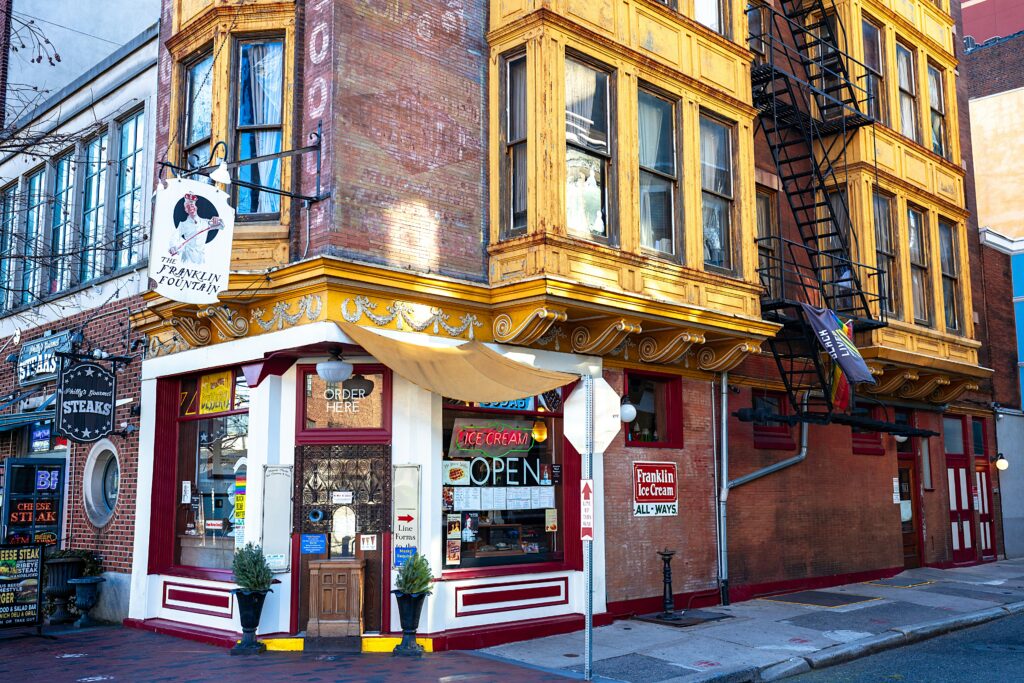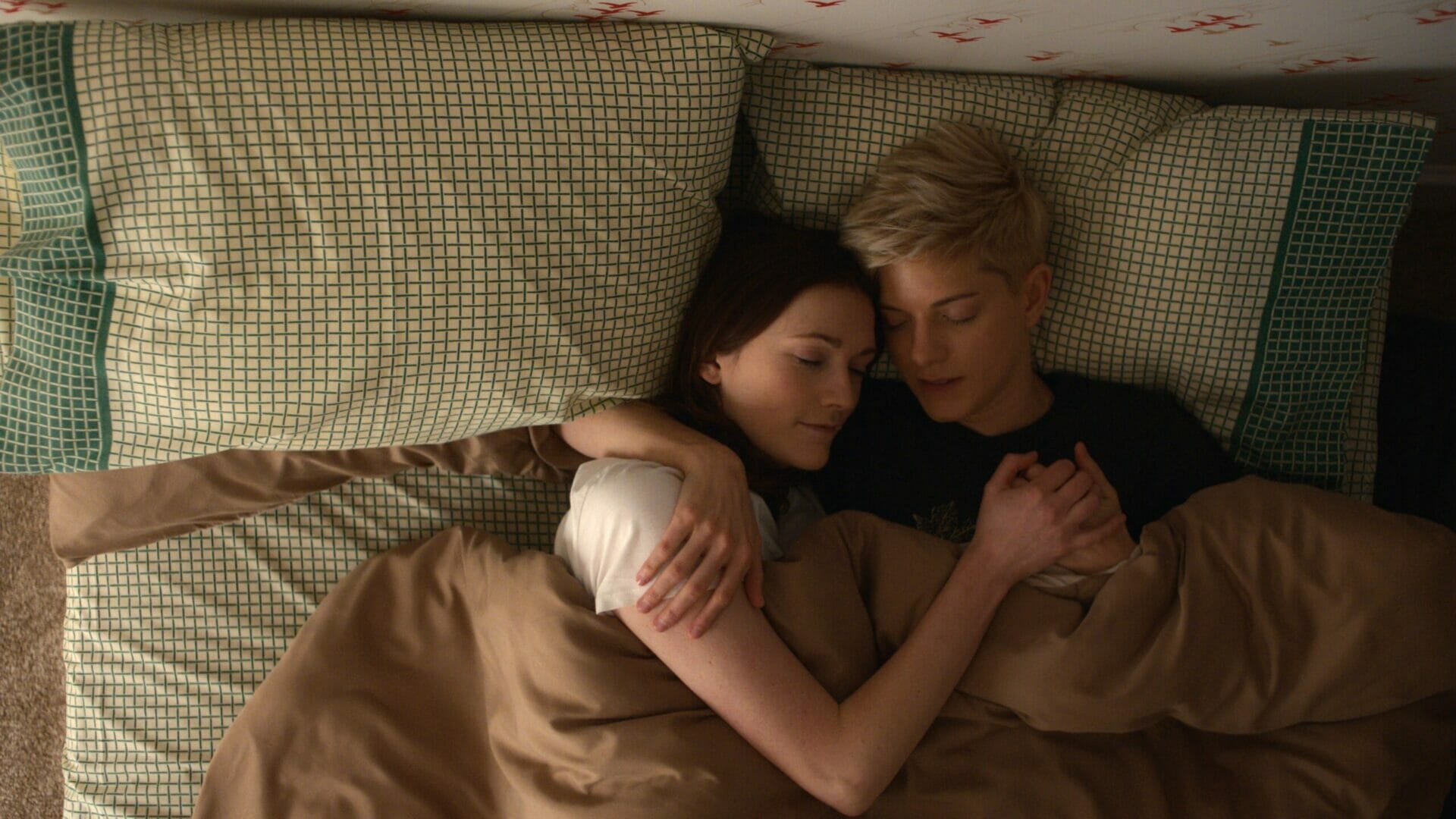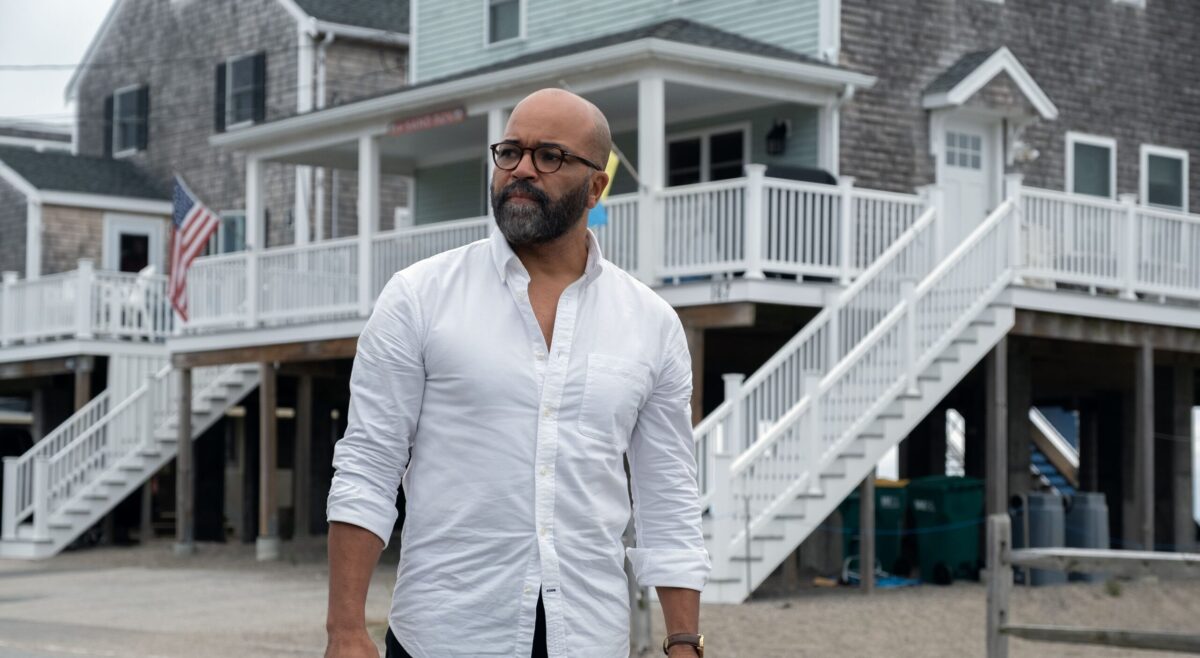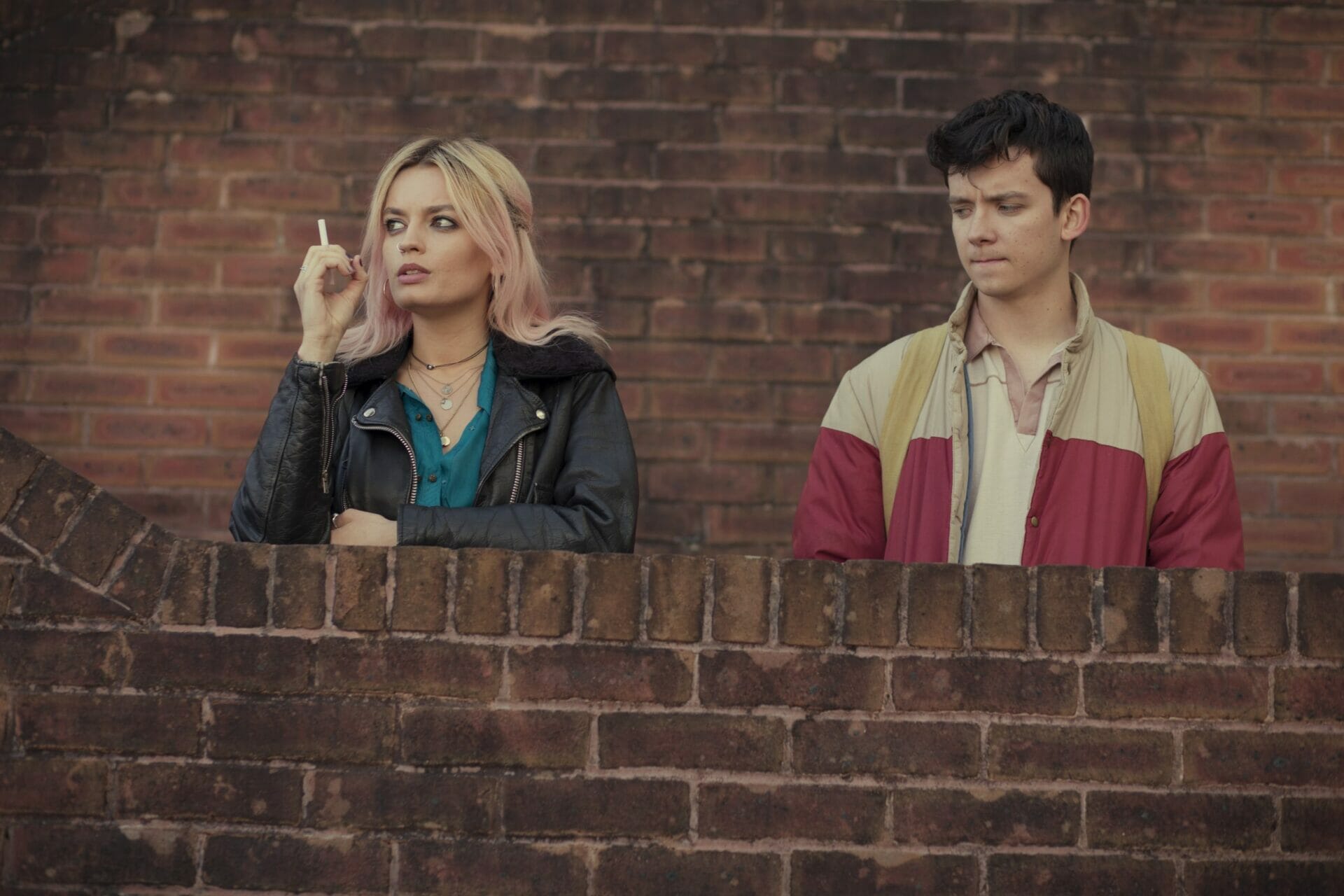
Cheryl Dunye's The Watermelon Woman | Legacy-making in film
Year
Runtime
Director
Writer
Cinematographer
Production Designer
Music by
Country
Format
Genre
Subgenre
By
Liberian-American filmmaker Cheryl Dunye knows that cinema has power. The Watermelon Woman, her first feature film released in 1996, is proof. A genre-bending quest to uncover the identity of a Black actress of early cinema, The Watermelon Woman also marks the first feature film directed by an openly lesbian Black filmmaker. Dunye wrote, directed, co-edited, and starred in her debut feature. But these groundbreaking “firsts” only scratch the surface of what makes this film unique and crucial to the tradition of American cinema.
The Watermelon Woman was recently added to the Criterion Collection, along with six of Dunye’s influential short films. Though too often overlooked in the mainstream canon, Dunye’s work continues to be studied around the world and has garnered a dedicated following. As a Black lesbian filmmaker, Dunye consciously provided representation and ultimately a legacy for her community at a time when there were no other figures like her on-screen.
- Because Our Stories Have Never Been Told
- American Cinema of the 90s
- Create Your Own Hollywood
- The Dunyementary: Hand-Crafting Legacy
- A Film About Film
Because Our Stories Have Never Been Told
Cheryl (Dunye herself) spends her days working at the video store with her friend Tamara (Valarie Walker). Outside of work, she makes slow progress on her documentary project about the often-uncredited Black actresses of early cinema. After watching the fictional Plantation Memories, directed by a white lesbian, Cheryl becomes entranced by the actress forced to play the stereotypical role of the mammy and credited only as “The Watermelon Woman”. Using archival research and local knowledge, Cheryl steadily uncovers the life and the loves of Fae Richards (Lisa Marie Bronson), the complex woman off-screen. As it turns out, Fae was also part of Cheryl’s community as a Black lesbian in the Philadelphia scene.
When Cheryl begins a romance with Diana (Guinevere Turner), an aloof white lesbian video store customer, tensions between Tamara and Cheryl begin to brew. All the while, she becomes entangled in the mysteries and contradictions of Fae’s legacy. The Watermelon Woman culminates in an account of Fae Richards, curated and narrated by Cheryl.
For as intense as Cheryl’s search for information becomes, and as steadily her relationships fracture, The Watermelon Woman is a remarkably warm and comedic introspection. It straddles the realms of autoethnography, archival documentary, and narrative fiction. Within fiction alone, the film is at once an odyssey, a mystery, and a romantic comedy. Dunye expertly balances all these elements with heart and style, resulting in a new cinematic genre that she would dub the “Dunyementary“.
The Watermelon Woman won the Teddy Award for Best Feature Film at the 46th Berlin International Film Festival, as well as awards at the Torino Film Festival, the Cretéil International Women’s Film Festival, and the L.A. Outfest.
Making work is a privilege, a right. Getting [work] out there is just connecting with people and community. You have to constantly keep putting yourself out where you belong.
Cheryl Dunye, NPR
American Cinema of the 90s
Cheryl Dunye, only 25 years old at the time, made history with her feature debut in the midst of a turbulent social landscape and a famously vibrant film era.
The 1990s marked a dynamic moment in film history, with movements such as New Black Cinema and Queer New Wave. New Black Cinema, also referred to as the Golden Age of Black Cinema, is the rise of media by, about, and for Black Americans in the late 80s and early 90s. Major films associated with this movement include Spike Lee‘s Do the Right Thing (1989), John Singleton‘s Boyz in the Hood (1991), and Julie Dash‘s Daughters of the Dust (1991), the first feature film by a Black woman to receive theatrical distribution in the United States. New Black Cinema films often featured majority Black casts and crews as they told stories about daily life in America in geographically diverse Black communities.
Queer New Wave gained momentum largely due to film festivals that screened bold, innovative work by LGBTQ+ filmmakers such as Todd Haynes, Gregg Araki, producer Christine Vachon, and others. Queer New Wave films often took experimental approaches to storytelling and emphasized narrative subjectivity. Notable works include Marlon T. Riggs‘ Tongues Untied (1989), Jennie Livingston‘s Paris is Burning (1991), and Rose Troche‘s Go Fish (1994).
These cinematic movements took place against a backdrop of tense racial relations across America, particularly in the wake of the 1992 Los Angeles riots that erupted in response to the acquittal of four LAPD police officers in the beating of Rodney King. At the same time, the queer community battled the height of the HIV/AIDS epidemic, and AIDS became the leading cause of death for all Americans aged 25-44. This time in American history is remembered as the “Culture Wars,” as conservative lawmakers fought to suppress social progress and the free speech of queer artists. Dunye herself would eventually come under fire for The Watermelon Woman.
Create Your Own Hollywood
As a child, Cheryl Dunye spent hours flipping through her mother’s carefully curated scrapbooks. Because her father worked for Polaroid, she was surrounded by personal stories on film. This had a lasting impact on her voice and style, as well as her firm belief in the importance of seeing oneself and one’s community represented in the media. This follows the idea of symbolic annihilation, a term coined by researchers George Gerbner and Larry Gross in 1976, to describe the psychological effects of underrepresentation in media; essentially, if a person rarely sees themselves on screen, they must therefore be unimportant in society.
Dunye set out to combat symbolic annihilation by bringing not only her community and history to the screen but literally her own self. She first studied political theory at Michigan State University before studying film at Temple University and earning her MFA at Rutger’s University. With five short films under her belt, Dunye set out to create her first feature film on a micro-budget, funded by grants and friends.
But even after the artistic success of The Watermelon Woman, Dunye struggled to find consistent work. Like many other Black filmmakers of the ’90s, Dunye made it big, only to receive radio silence. She would make her subsequent features outside of the Hollywood system. Now, the landscape has begun to truly change as major film studios diversify their staffs and, arguably more importantly, production studios by and for marginalized talent fund new projects. Ava DuVernay tapped Dunye to direct several episodes of Queen Sugar in 2017; since then, Dunye has founded her production company, Jingletown Films, and directed dozens of episodes of various series, including The Chi, Dear White People, Lovecraft Country, Bridgerton, and The Umbrella Academy.
The one thing I say to younger filmmakers — and I do it myself — is make your own Hollywood. Your Hollywood is your community, your audience. What does my audience look like and who am I making films for? What are those boundaries and bumpers for me? I’m never gonna be a Steven Spielberg, you know? Steven’s Hollywood happens to be “ours,” but I know what my Hollywood is, right? If you know that, then you can use that to make your world, make yourself, make movies, make anything, make art, whatnot. That’s what is crucial here: make your work and use your community and folks.
Cheryl Dunye, Letterboxd
The Dunyementary: Hand-Crafting Legacy
The Watermelon Woman was born out of Dunye’s struggle to identify Black actresses of early Hollywood and her love of – and frustration with – archival history. Eve Oishi, a friend of Dunye’s, discovered that using the archives at the Library of Congress would cost their production thousands of dollars. Instead, Oishi and Dunye created an archival history of the fictional Fae Richards from scratch. Fae represented an amalgam of Black actresses of the era, such as Hattie McDaniels and Louise Beavers. Forced to create a legacy, Dunye demonstrated the erasure threatening her community as well as the creative ingenuity to write history and honor those who paved the way.
Sarah Schulman‘s involvement was part of this effort, as Schulman herself was a prominent queer activist and historian. Dunye was very intentional in recruiting Michelle Crenshaw, a Black lesbian cinematographer, to the project, as well as Annie Taylor, a woman editor. Much of the cast and crew included changemakers Dunye admired, such as Toshi Reagon, Brian Freeman, and Cheryl Clarke. She claims that working with friends and your community – that idea of creating your own Hollywood – is one aspect of a Dunyementary.
It is the distinctly blurred line between fiction and non-fiction that places The Watermelon Woman, along with several of Dunye’s early short films, firmly in the Dunyementary category. Dunye is sincere in her portrayal of interracial dynamics and generational diversity in the lesbian community, as well as her exploration of personal identity. In a meta-cinematic way, because of her creativity and resourcefulness, The Watermelon Woman becomes an archive of its very own.

A Film About Film
Like Charlotte Wells‘ Aftersun (2022), Giuseppe Tornatore‘s Cinema Paradiso (1996), and Steven Spielberg‘s The Fabelmans (2022), The Watermelon Woman explores the effect that cinema can have on us. As a Dunyementary, it uses its documentary style to bring theory to the forefront, openly addressing the intersection of cinema and sociology. Ultimately, The Watermelon Woman shows how the past is always in conversation with the present. Filmmakers are always in conversation with the history of cinema that preceded their current project. Dunye says, lean in.
“Sometimes you have to create your own history,” the end credits say. “The Watermelon Woman is fiction.” As a Black queer woman, Dunye has limited access to her ancestry – so she must create relationships to it through her imagination. In the process, she develops something so embodied and emotionally resonant that it becomes indisputably real.
Anoushka Ratnarajah, Out on Screen
Since the film’s 1996 debut, several culturally-defining films depicting queer Black life have emerged in Dunye’s footsteps, with Dee Rees‘ Pariah (2011), Barry Jenkins‘ Moonlight (2018), and Martine Syms‘ The African Desperate (2022) as perhaps the most famous examples. Now, as the Criterion Collection recognizes and elevates Dunye’s work nearly three decades later, more audiences are appreciating her influence and acknowledging the power of intentional legacy-making.
Tag
Buy a ☕ for Hypercritic










